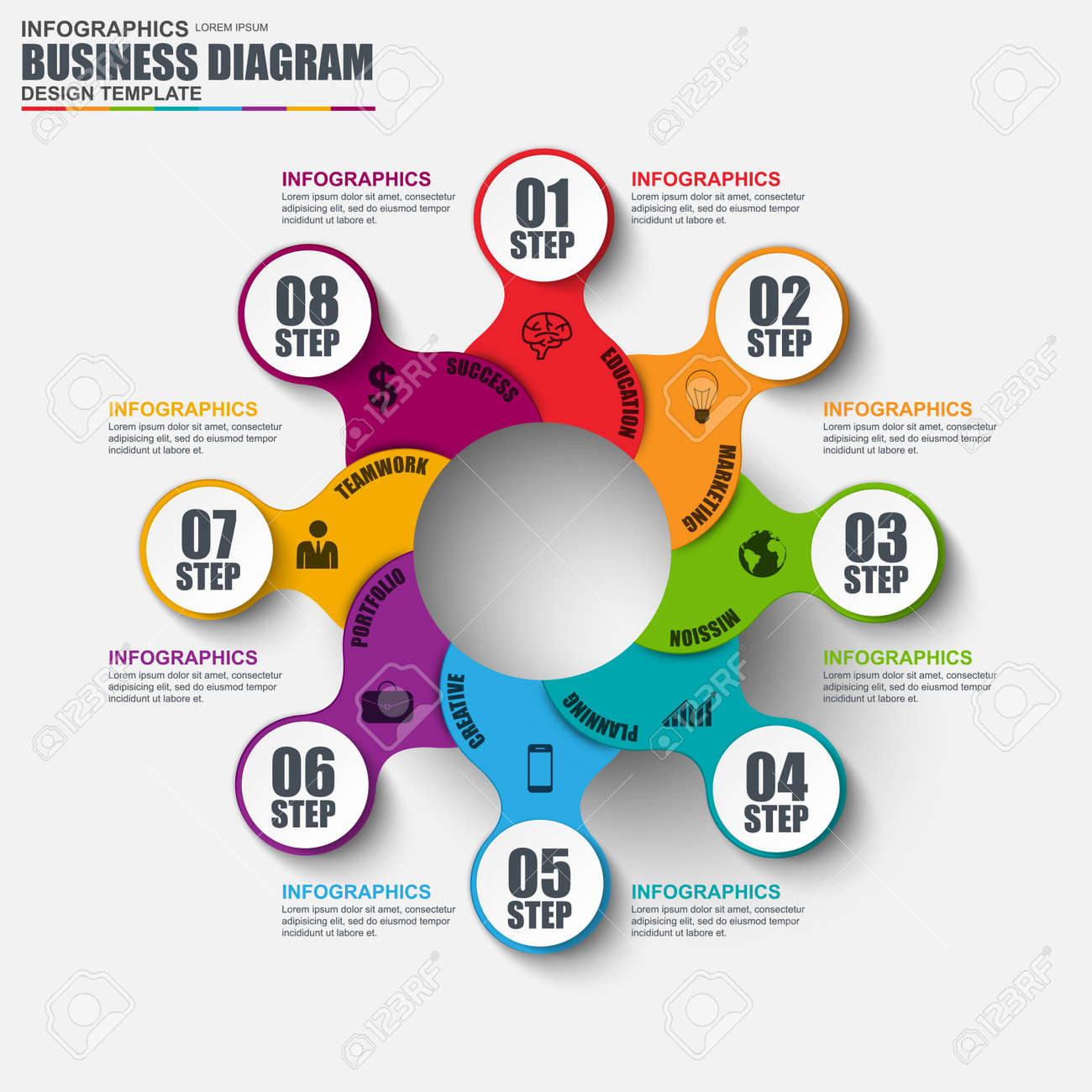The Development Of Web Site Style: From Past To Existing
The Development Of Web Site Style: From Past To Existing
Blog Article
Write-Up Written By-Hartley Clarke
In the past, web sites were straightforward and focused on information. Navigation was direct, and style was for desktop computers. Now, individual experience is vital. Information overviews layouts for simple navigation. Receptive layouts fit different gadgets. Today, dark mode decreases pressure, and minimal food selections improve navigating. Interactive features involve users, and bold visuals attract attention. AI integration improves interaction. See exactly how layout has actually evolved to enhance your online trip.
Early Days of Website Design
In the early days of web design, simplicity reigned supreme. Websites were standard, with restricted colors, fonts, and designs. The focus got on providing info rather than fancy visuals. Customers accessed the net through sluggish dial-up connections, so rate and capability were crucial.
Navigation food selections were straightforward, normally situated on top or side of the page. Websites were created for computer, as mobile surfing had not been yet prevalent. Material was king, and developers focused on simple readability over complicated layout elements.
HTML was the primary coding language utilized, and designers had to work within its restraints. Computer animations and interactive features were marginal contrasted to today's standards. Internet sites were fixed, with little dynamic content or customized individual experiences.
Increase of User-Focused Layout
With the development of web site design, a shift in the direction of user-focused layout concepts has ended up being increasingly noticeable. Today, producing websites that focus on individual experience is important for involving visitors and attaining business objectives. User-focused design involves recognizing the needs, choices, and behaviors of your target market to tailor the website's design, content, and includes as necessary.
https://epicstream.com/article/seo-ye-ji-skincare-eve-star-dishes-out-effortless-beauty-tips-to-look-stunning perform detailed research study, such as user studies and usability testing, to collect understandings and comments directly from customers. This data-driven approach aids in creating user-friendly navigation, clear calls-to-action, and aesthetically appealing user interfaces that resonate with visitors. By positioning the customer at the facility of the design procedure, internet sites can deliver a much more personalized and satisfying experience.
Responsive design has actually likewise become an essential aspect of user-focused layout, making certain that internet sites are optimized for numerous devices and display dimensions. This versatility improves accessibility and use, dealing with the varied methods users engage with sites today. Essentially, the increase of user-focused layout indicates a change in the direction of developing electronic experiences that prioritize the demands and expectations of the end individual.
Modern Trends in Web Design
Check out the most up to date patterns shaping website design today. One popular pattern is dark mode style, providing a smooth and modern-day look while reducing eye pressure in low-light atmospheres. One more essential trend is minimalist navigating, streamlining food selections and enhancing individual experience by focusing on essential elements. Integrating micro-interactions, such as computer animated buttons or scrolling effects, can create a more engaging and interactive website. Receptive design remains crucial, ensuring seamless user experiences throughout different gadgets. Furthermore, utilizing bold typography and asymmetrical layouts can include visual rate of interest and draw attention to specific web content.
Incorporating AI innovation, like chatbots for client support or customized referrals, improves customer interaction and enhances processes. Ease of access has also end up being a substantial trend, with developers focusing on inclusive design techniques to cater to varied individual needs. Embracing sustainability by enhancing website efficiency for speed and efficiency is an additional emerging trend in website design. Teaming up with user feedback and information analytics to iterate and boost design continually is necessary for remaining pertinent in the ever-evolving electronic landscape. By embracing these contemporary patterns, you can produce a visually enticing, easy to use site that resonates with your target market.
Final thought
As you reflect on the advancement of website design from the very early days to currently, you can see just how user-focused layout has actually come to be the driving force behind modern patterns.
Welcome the trip of modification and adaptation in web design, always maintaining the customer experience at the center.
Remain existing with the most up to date trends and technologies, and never ever quit progressing your approach to create aesthetically stunning and straightforward websites.
great site , adjust, and create - the future of website design remains in your hands.
